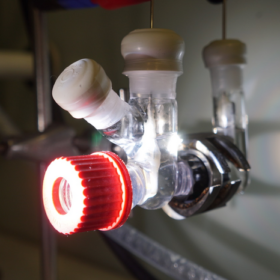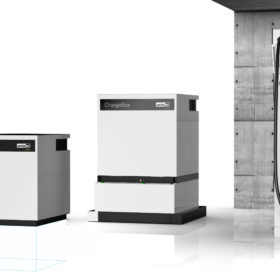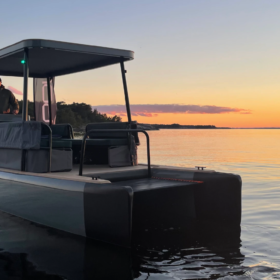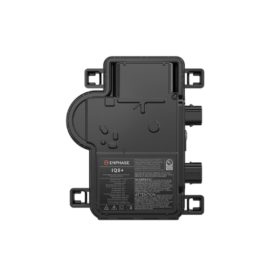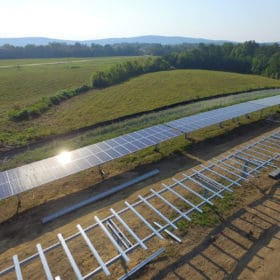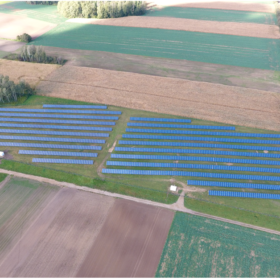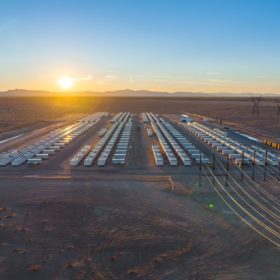Sunrise brief: Researchers develop solar-powered waste-to-fuel system
Also on the rise: Community solar on New Jersey self-storage facility benefits low-income residents. Solar4America begins module production at California factory with wafer plans announced. And more.
Researchers develop solar-powered waste-to-fuel system
The University of Cambridge developed a device that converts plastics and greenhouse gases to usable fuels and products.
Schneider Electric launches home energy management system that integrates solar, storage, EV charging and appliances
The Schneider Home platform’s five components include a smartphone app to help monitor and allocate energy resources.
ADS-TEC Energy to open U.S. EV charging manufacturing facility in Auburn, Alabama
The German company plans to invest $8 million into the new facility which will lead to 180 new jobs.
Solar electric camper boat
The POL Lux from Sweden is a catamaran boat design with dual electric motors and a solar canopy that can covert into a private sleeping area.
Enphase to add 4.8 GW to 7.2 GW of U.S. solar microinverter manufacturing capacity
In a ROTH Capital Partners webinar, Enphase CEO Badri Kothandaraman announced the company will be adding four to six new manufacturing lines in the states.
Ideematec trackers support a 7 GW portfolio in Texas
Solar Proponent and Ideematec are working together with an EPC contractor to finalize the delivery schedules for the first Texas project of approximately 650 MW.
ReneSola posts 86% increased Q3 revenue, reflecting near-term addition of European IPP assets
Despite higher earnings in Q3, the company lowered its Q4 22 guidance to $44 million to $49 million, compared to the consensus of $73 million, reflecting recent acquisitions of European assets taken on its balance sheet.
Solar-to-hydrogen project to be first stop on a California-to-Texas “hydrogen highway”
A 75 MW solar-to-hydrogen facility proposed for Bakersfield, California may mark the beginning of Fusion Fuel and Electus Energy’s green hydrogen vision for the United States.
Sunrise brief: Canadian Solar business inks battery deal with UBS
Also on the rise: Michigan’s regulator appears friendlier to solar. Canadian Solar’s battery business inks a large supply agreement for a global investor. And more.
